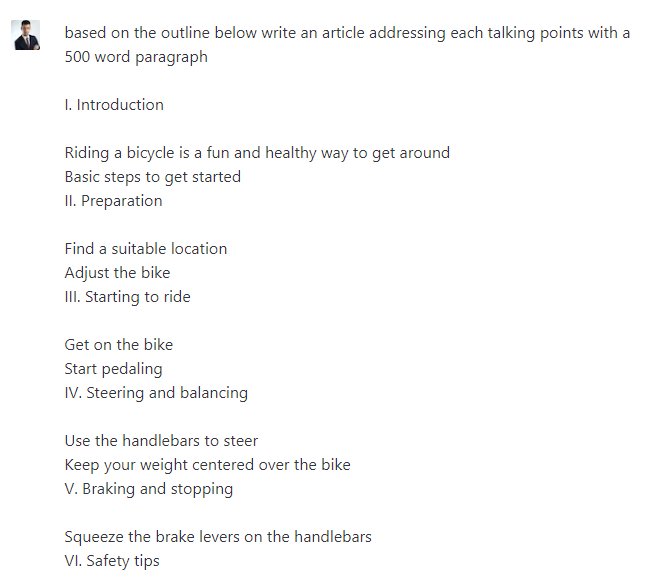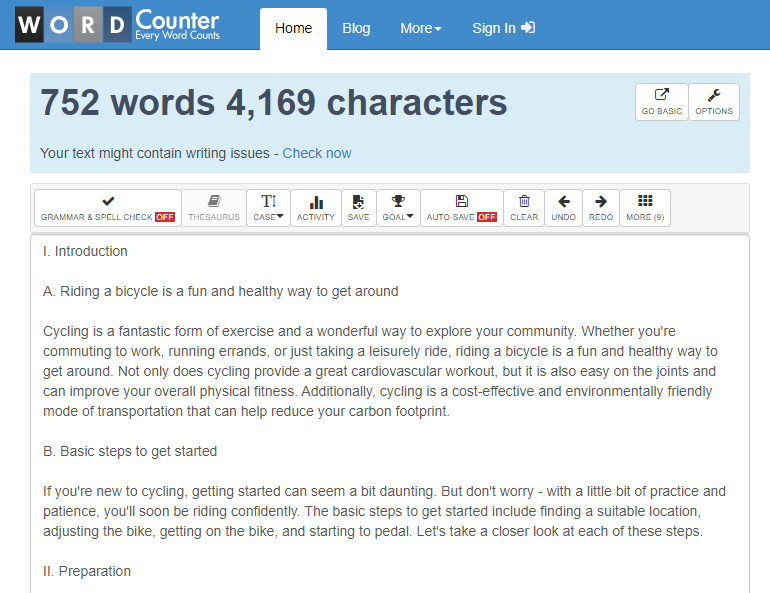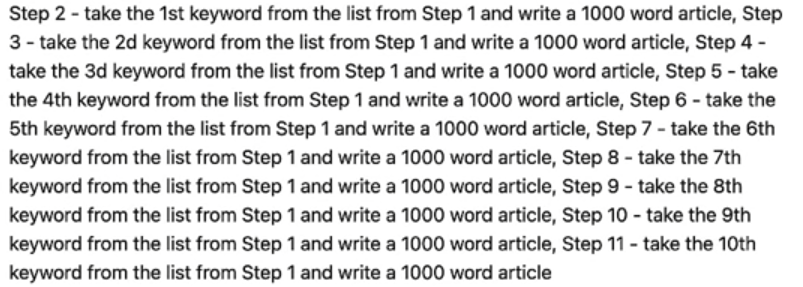In this post, I will showcase several methods to break the character limitation of the most spoken conversational AI – ChatGPT.
Table of Content
- How to Increase the Character Limit of ChatGPT
- Method 1
- Method 2
- Method 3
As an AI language model, the character limitations are determined by the hardware and software of its implementation. But, since its release, people worldwide have been trying to create prompts that allow ChatGPT to increase character limitations without affecting its impact on performance and efficiency.
The Character Limitation of Conversational AI
OpenAI hasn’t made any official statements on the number of message limitations that can be exchanged with ChatGPT in a new chat, but most suppose it is close to 4,096 messages.
Most of its users will experience a lack of further text responsiveness from the bot when engaging in longer conversations. If your internet connection isn’t the problem, then it means that you’ve reached the limit; subsequently, the human has to provide a different prompt to be able to continue the conversation.
How to Increase the Character Limit of ChatGPT
After hours, days, and weeks of trying to create new prompts, some people came up with interesting prompts to achieve character delimitation.
In the first method, I will use a simple topic to see if the bot can generate more characters than I’d expect him to; for this, we can also use WordCounter.
I will share with you a few methods that have been mostly used and shown desirable results for users:
Method 1
- Create a new chat > prompt > Generate Outline for “How to ride a bicycle”

Afterward, it will create a nice outline for your given prompt, now:
- Copy + paste the provided text by ChatGPT > write > “based on the outline below, write an article addressing each talking points with a 500-word paragraph.”

And the result was very interesting, as it managed to generate 2.5x times more than if he was just asked to describe “How to ride a bicycle,” – in which case it generated only 248 words and 1332 Characters.

Let’s structure the given prompt and see if it can generate more. First, break down the “Introduction part” to “A” and “B” section, like this:

As ChatGPT stops generating text, ask him to continue the above:

This time the result was even higher. The AI managed to generate 752 words and 4.169 characters. Pretty exciting!

This topic was intentionally picked to see if it would still be able to generate more words even though the topic itself is superficial.
In different cases, you can get up to 3000 words with these methods; obviously, the topic affects the outcome highly.
Method 2
The most common technique used to generate more characters has as the following one:
- Generate a 1500 words article for “How running increases your mood”, when it stops generating without the “Conclusion” section, ask ChatGPT to “proceed with the above”, or “continue the above”.
In which case, we can obviously see that the topic is wider and the AI can generate more than in the previous topic. In this case, it managed to generate 830 words.

In this method if you change the question slightly a couple of times, you can close the 1500 mark easily.
Method 3
The last technique was made by a YouTuber that I follow closely and which I’d recommend to follow if you are interested in ChatGPT news and such; WordAtScale.
Basically, he split the prompt into different commands and steps, for example:
“I want you to execute the following steps. Step 1 – generate 10 popular questions about crypto mining at home”.

“Step 2 – take the first keyword and write a 1000-word article, Step 3 – Take the second keyword from the list from Step 1 and write a 1000-word article, Step 4 – take the 3rd keyword from the list from Step 1 and write a 1000 word article”:

Every time the ChatGPT stops generating, ask him to “continue the above”, you will have to do this several times until it provides all the required information.
In this method, the YouTuber navigates the ChatGPT to produce an astonishing article of 5,163 words and 32,225 Characters.

Therefore, to create lengthier articles, you should try and provide specific prompts which might lead to detailed and better answers.
You can even try to use the example above to enhance them or use them as guidelines for your following prompt.
In order for you to produce better content you should use AI Content Detector; it will show your human score, allowing you to create human nuanced prompts.
In conclusion, ChatGPT-3 is a strong tool for NLP, and its next version will supposedly be even better, though some people assume that the high expectation may bring high disappointments.
Relevant Articles:

